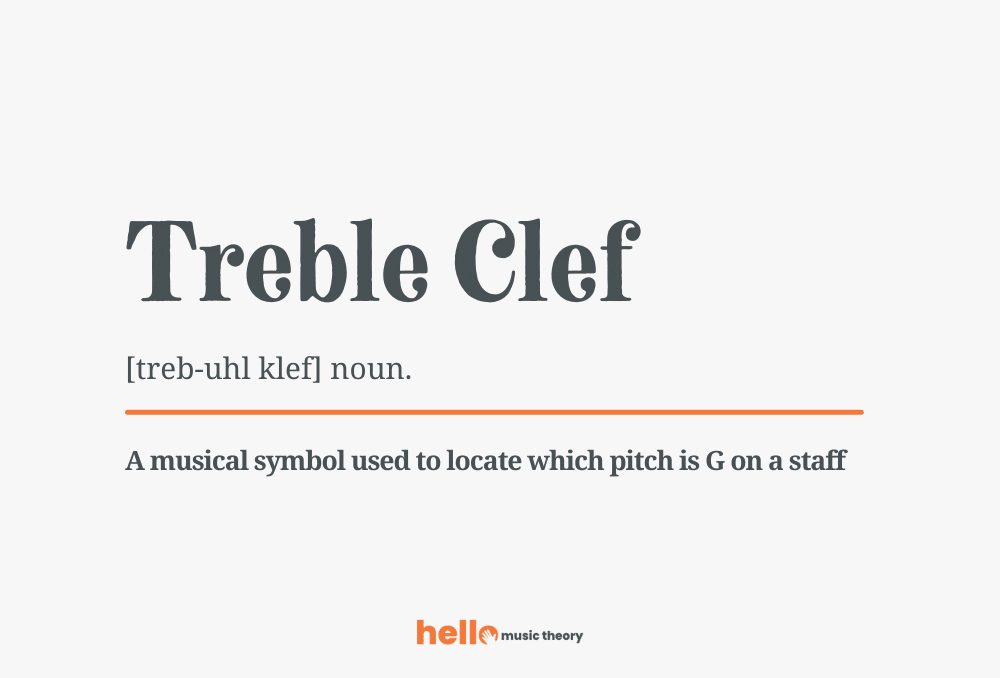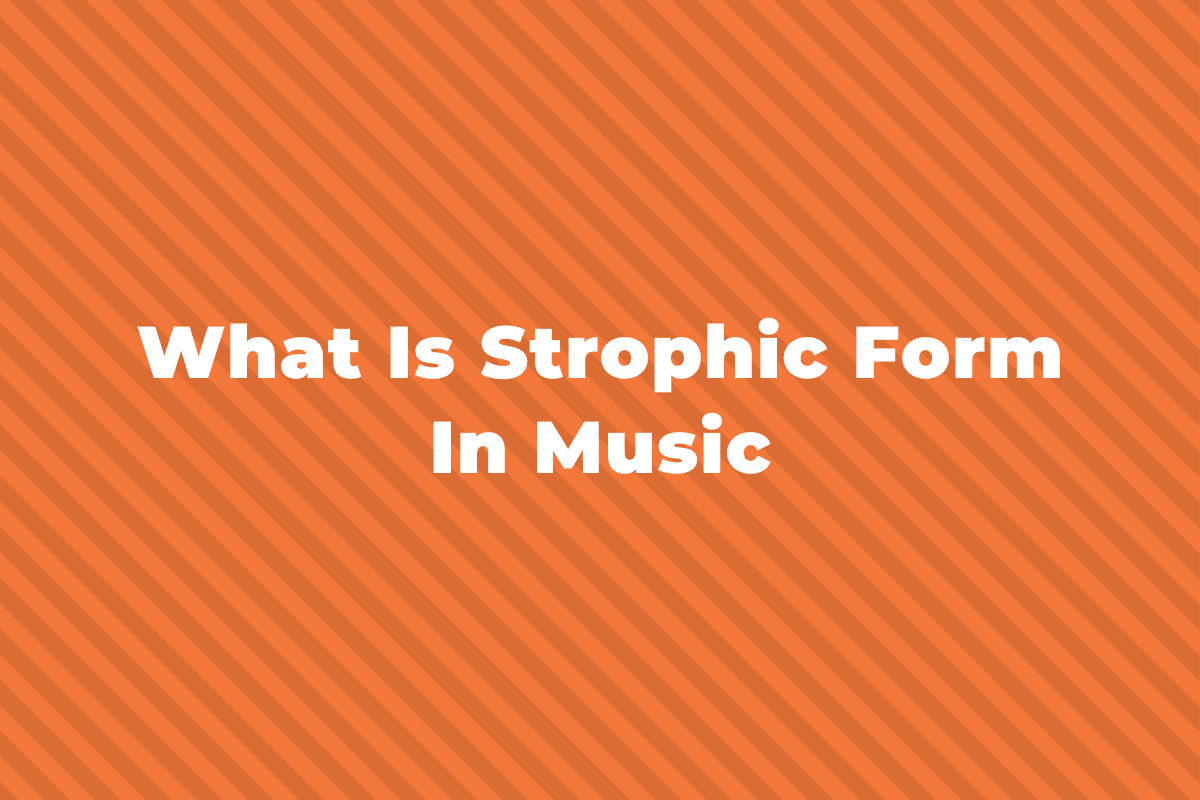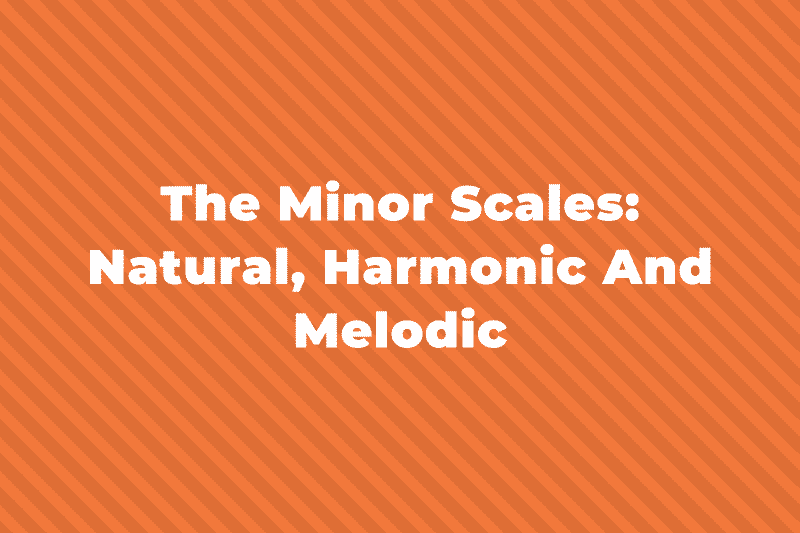Arguably the most important symbol in music, the treble clef is one of the most common clefs. It’s used by the majority of instruments to read music, and so is something you’ll need to learn about if you’re learning an instrument that plays in an upper range of pitch.
In this post, I’m going to give you an overview of the treble clef and I’ll cover what it is, one of its other names as well as all the names of each of the pitches in this clef.
What is the Treble Clef?


The Treble Clef is a type of musical notation that is used to indicate which pitch is G on a staff. As a result, it’s also known as the G clef.
When drawing a treble clef, it loops and wraps itself around the second line from the bottom of the staff. This shows us where the note G above middle C is on the staff.

Originally, the treble clef actually looked like the letter G, too, but over the years, as it was written down tens of thousands of times by different scribes, it’s evolved into what we know it today.

What Instruments Use the Treble Clef?
Lots of instruments use the treble clef when playing but it tends to be instruments that have a higher register.
Instruments like:
- Trumpets
- Clarinets
- Flutes
- Violins
- The right hand of the piano
- And lots of others
Treble Clef Notes
Because the treble clef shows us where G is on the staff, we can then work out all the other notes from there.

Then, going down from G, we have these notes:

Memorizing the Treble Clef Notes
To help you memorise these notes it’s common to learn them by remembering mnemonic for notes on the lines and in the spaces separately.
For the notes on the lines, you can use the phrase:
Every Good Boy Deserves Football.

There are lots of other phrases you can use, too, like:
Every Green Bus Drives Fast – or: Elephants Go Bouncing Down Freeways.
It makes it a little easier to remember the notes, but you could come up with your own if you prefer.
Next, we have the notes in the spaces:

Thankfully, these notes spell out a very easy-to-remember word: F A C E – You shouldn’t have too much difficulty memorizing these ones.
Treble Clef Notes Quiz
Ready to put what you’ve learned to the test? Take our treble clef notes quiz below.
This is the easy version that only goes up to one ledger line. When you’re ready, take the harder treble clef notes quiz here that goes up to three ledger lines!



